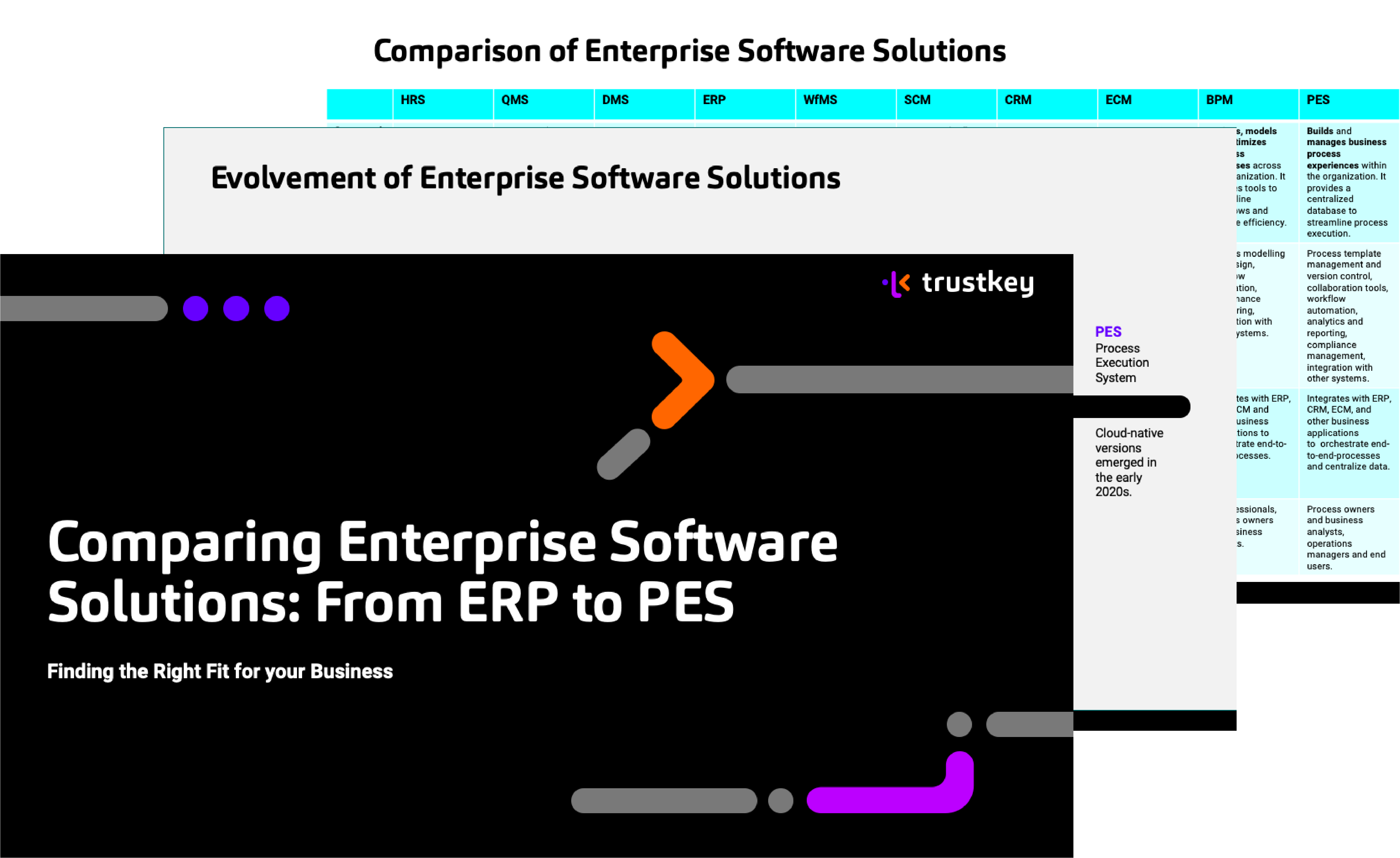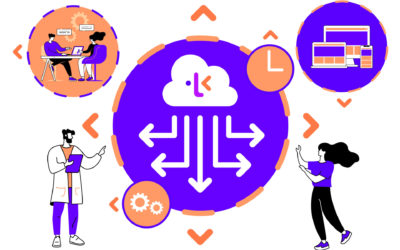How do you use an ECM system?
Using an Enterprise Content Management System (ECMS) involves several key steps to manage, organize, and leverage digital content effectively within an organization. Here’s a general overview of how you can use an ECMS:
Define Objectives and Requirements:
Begin by defining your organization’s objectives and requirements for content management. Determine what types of content you need to manage (e.g., documents, images, videos), who will be using the system, and what specific functionalities are essential for your workflows and processes.
Select a System:
Research and evaluate systems that align with your organization’s needs and objectives. Consider factors such as scalability, ease of use, security features, integration capabilities, and cost. Choose a system that offers the functionalities and flexibility required to support your content and process management initiatives. Consider also functionalities tailored to diverse use cases beyond content management.
Implement the System:
Once you’ve selected a system, proceed with the implementation process. This typically involves installing the software, configuring settings and permissions, importing existing content, and integrating the system with other business applications and systems as needed.
Organize and Categorize Content:
Establish a logical structure for organizing and categorizing your content within the system. Create folders, metadata fields, and taxonomies to classify content based on attributes such as document type, department, project, or date. Consistent and intuitive organization is key to facilitating content discovery and retrieval.
Capture and Import Content:
Use the system to capture and import digital content from various sources, including document scanners, email, file shares, and external repositories. Leverage features such as bulk upload, drag-and-drop functionality, and automated capture to streamline the content ingestion process.
Manage Content Lifecycle:
Implement content lifecycle management processes to govern the creation, review, approval, publication, and archival of content. Define workflows and approval processes to ensure that content is managed efficiently and consistently throughout its lifecycle, from creation to disposal.
Collaborate and Share Content:
Utilize collaboration tools and features within the system to facilitate teamwork and information sharing. Enable users to co-author documents, comment on content, assign tasks, and track revisions in real-time. Leverage version control mechanisms to manage document changes and revisions effectively.
Secure and Protect Content:
Implement security measures to protect sensitive and confidential content stored in the system. Define access controls, permissions, and encryption settings to restrict access to authorized users and ensure data privacy and compliance with regulatory requirements.
Search and Retrieve Content:
Take advantage of search capabilities within the system to quickly locate and retrieve content based on keywords, metadata, or full-text search queries. Enable users to filter search results, preview documents, and access relevant information with ease.
Monitor and Analyze Usage:
Monitor usage metrics and analytics to gain insights into how content is being accessed, utilized, and shared within the organization. Use this data to identify trends, optimize workflows, and make informed decisions about content management strategies.
Maintain and Update the System:
Regularly maintain and update system to ensure optimal performance, security, and compliance. Install software patches, implement upgrades, and perform routine maintenance tasks to keep the system running smoothly and effectively.




